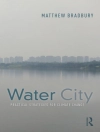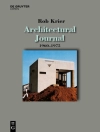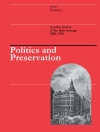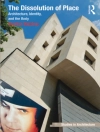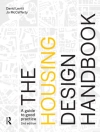Brutalism had its origins in beton brut – concrete in the raw – and thus in the post-war work of Le Corbusier. The British architects Alison and Peter Smithson used the term "New Brutalism" from 1953, claiming that if their house in Soho had been built, "it would have been the first exponent of the ‘New Brutalism’ in England". Reyner Banham famously gave the movement a series of characteristics, including the clear expression of a building’s structure and services, and the honest use of materials in their "as-found" condition. The Smithsons and Banham promoted the New Brutalism as ethic rather than aesthetic, privileging truth to structure, materials and services and the gritty reality of the working classes over the concerns of the bourgeoisie. But Brutalist architecture changed as it was taken up by others, giving rise to more sculptural buildings flaunting their raw materials, including off-form concrete, often in conjunction with bold structural members. While Brutalism fell out of vogue in the 1980s, recent years have seen renewed admiration for it. This volume is consistent with this broader resurgence, presenting new scholarship on Brutalist architects and projects from Skopje to Sydney, and from Harvard to Haringey. It will appeal to readers interested in twentieth-century architecture, and modern and post-war heritage. This book was originally published as a special issue of Fabrications: the Journal of the Society of Architectural Historians, Australia and New Zealand.
Julia Gatley & Stuart King
Brutalism Resurgent [EPUB ebook]
Brutalism Resurgent [EPUB ebook]
¡Compre este libro electrónico y obtenga 1 más GRATIS!
Idioma Inglés ● Formato EPUB ● Páginas 148 ● ISBN 9781317228271 ● Editor Julia Gatley & Stuart King ● Editorial Taylor and Francis ● Publicado 2018 ● Descargable 3 veces ● Divisa EUR ● ID 6560110 ● Protección de copia Adobe DRM
Requiere lector de ebook con capacidad DRM


